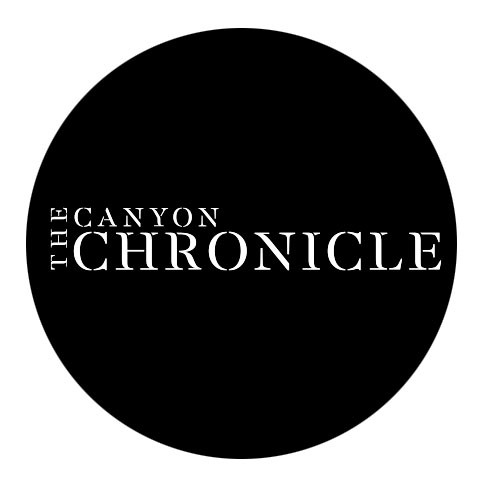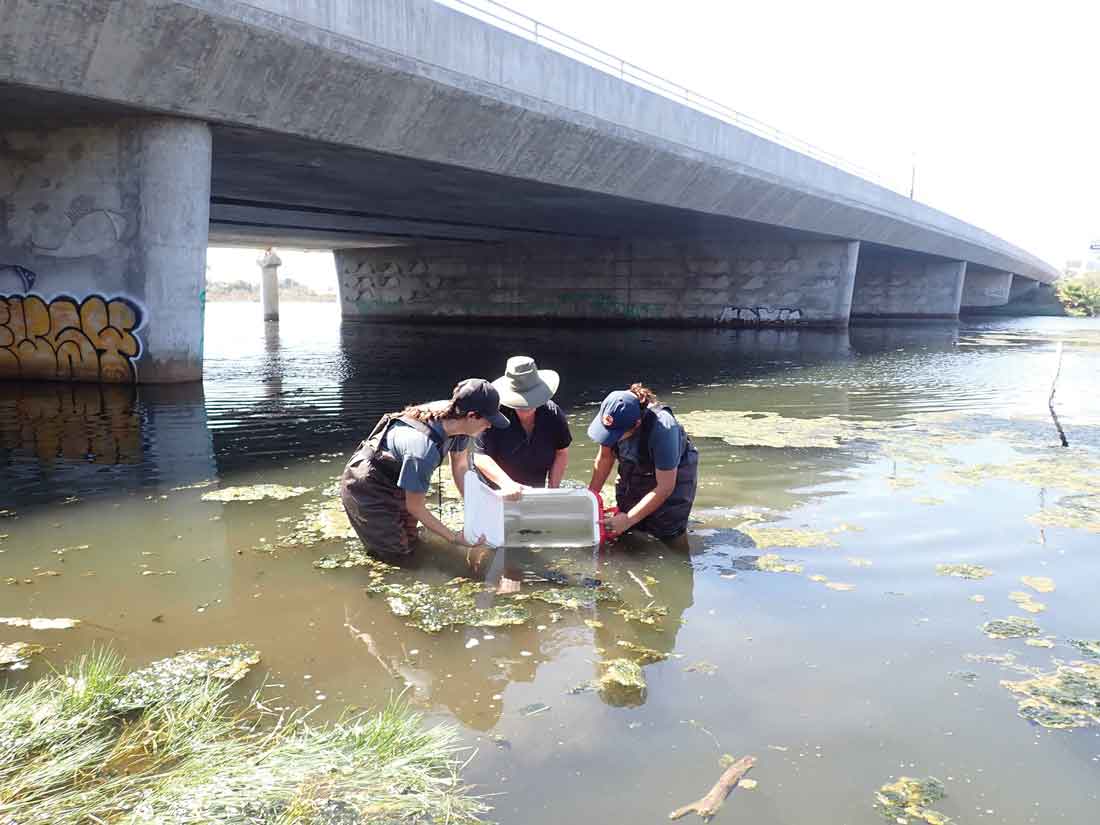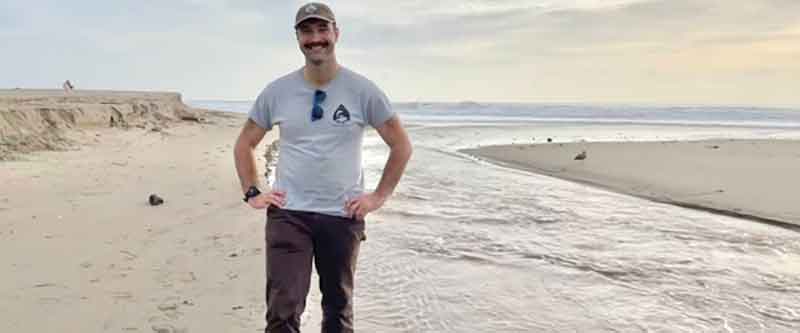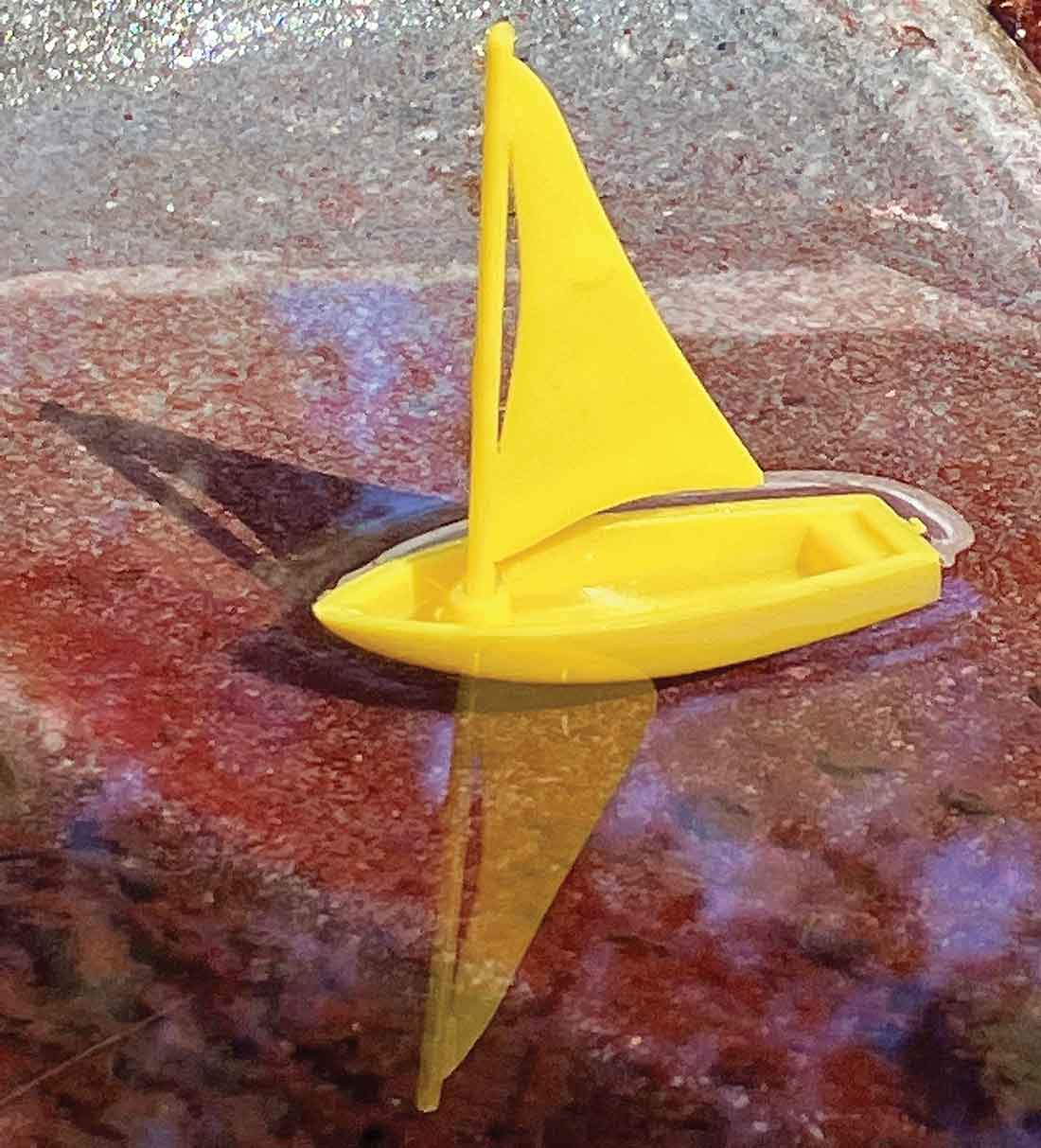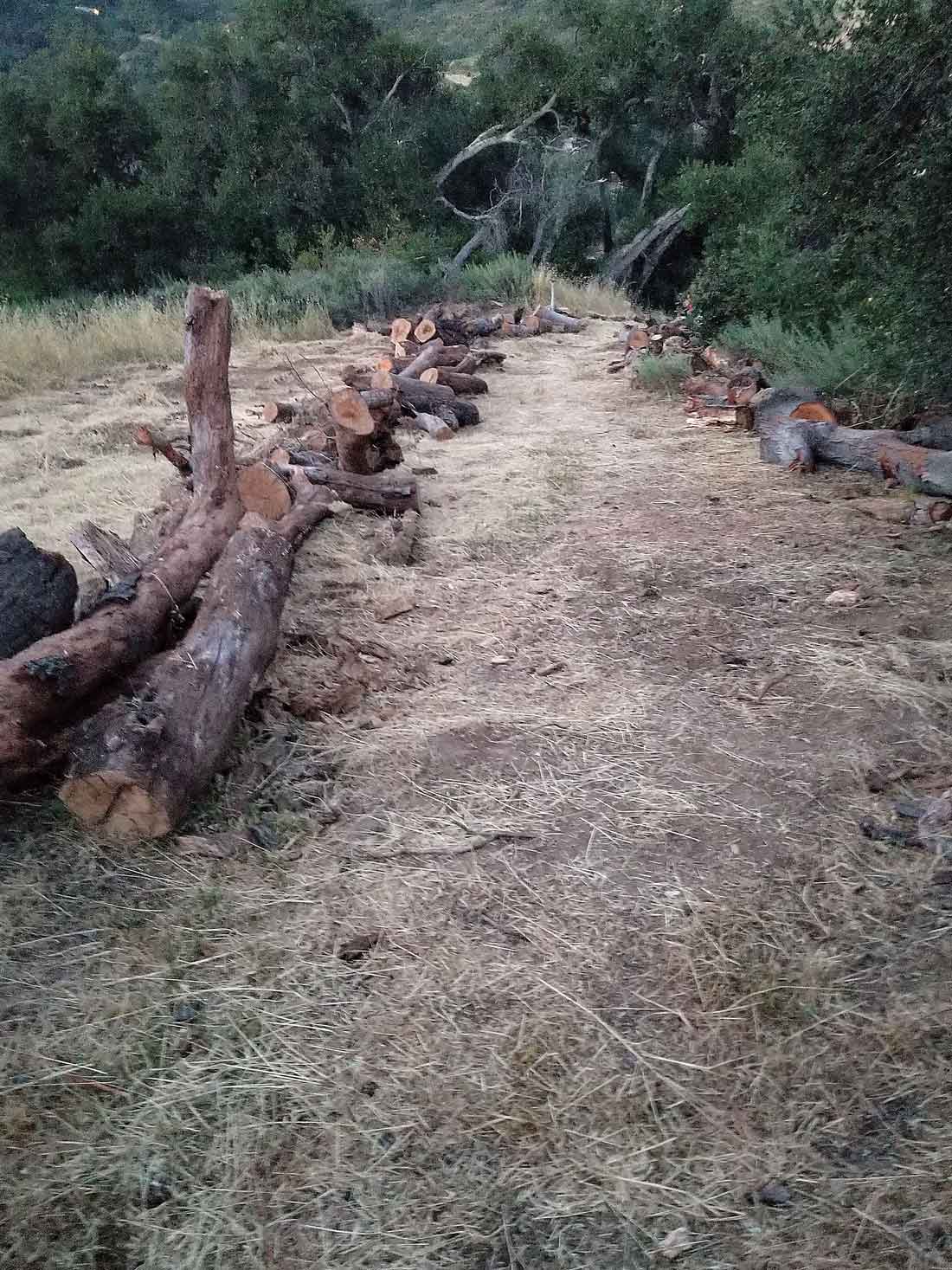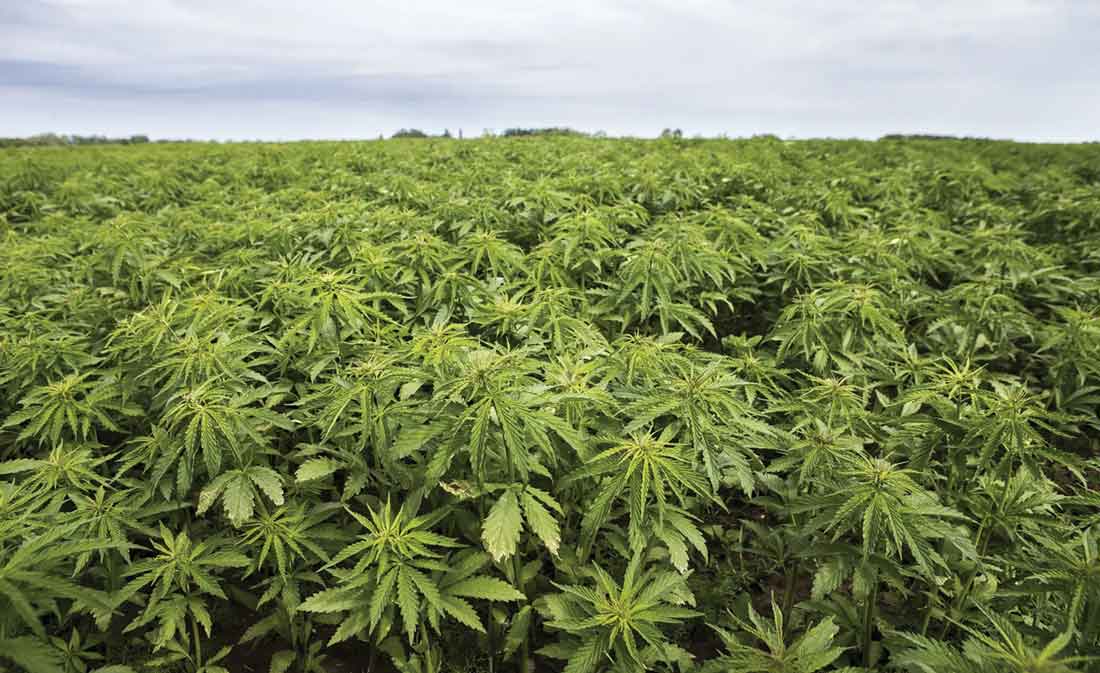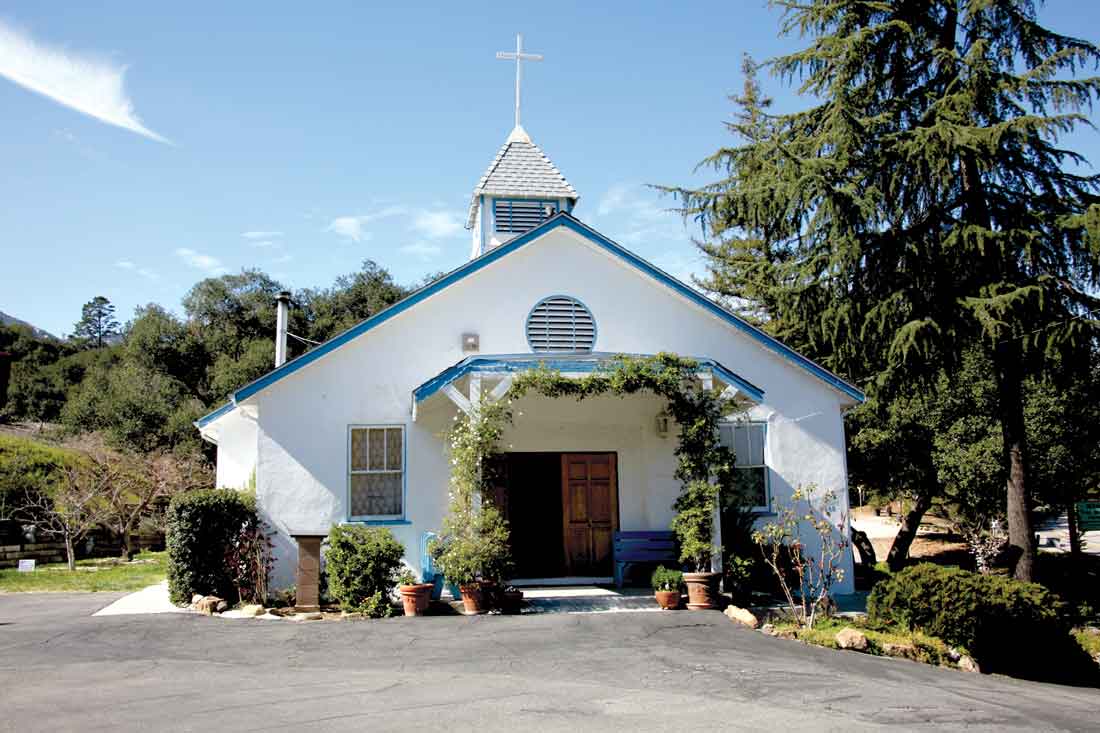Catching up with RCDSMMWe haven’t heard much lately from our local Resource Conservation District of the Santa Monica Mountains (RCDSMM), but Angelica “Jelly” Kahler, Education & Communications Specialist, who leads environmental education field programs, classroom science programs and coordinates a host of RCD outreach, reports on what they’ve been up to.
RCD’s Clark Stevens to Lead Design Team for Next Wildlife Crossings. After the successful launch of the now famous Annenberg Wildlife Crossing in 2022—California’s largest crossing to date, enabling mountain lions and other Santa Monica Mountain species to safely traverse the 101 Freeway—California is ready to announce the initiation of the next wildlife connectivity project.
This time, in a region known as the I-5 Newhall Pass Wildlife Passage, the project will help wildlife navigate the I-5 and I-14 Freeways. The design project began in December of 2022 and thanks to funding from the Wildlife Conservation Board, it will be completed by the end of 2026. The project will initially analyze a five-mile-wide section of the Rim of the Valley Habitat Linkage Zone to identify all potential crossing sites. The RCD is thrilled to announce that its own Executive Officer, Clark Stevens, will once again lead the design teams from the connectivity analysis phase with Stillwater Sciences to identify appropriate crossing alternatives at multiple sites along the I-5 Freeway through final design. RCD looks forward to the coming years as both these innovative crossings at two of our most formidable freeway barriers link critical landscapes and serve as vital steps towards long-term protection and preservation of California’s unique sensitive species.
RCD adds Landscape Design Consultations to its Home Ignition Zone Evaluations in Wildfire Preparedness Training programs. Most homes that are damaged by wildfires are ignited by wind-blown embers. Luckily, simple maintenance of your house and landscape is one of the best ways to protect your home from wildfires. Since September 2020, RCD has offered nearly 500 free Home Ignition Zone Evaluations, providing specific home hardening and defensible space recommendations. We’ve added a follow-up Defensible Space Landscape Design Program to provide more in-depth information. People often ask for fire-protected plant lists, but the truth is, we encourage people to focus on spacing and care of selected plants rather than the species themselves. Our contracted landscape designers will help you arrange plants on your property to improve your home’s resilience to wildfire. These Landscape Designs are free and available to anyone who has received a Home Ignition Zone Evaluation.
To contact or sign up for RCDSMM programs: The office is located at 540 S. Topanga Canyon Blvd., Topanga, CA 90290; (818) 597-8627; Rcdsmm.org; outreach@rcdsmm.org; @rcdsmm. RCD biologists transferred endangered tidewater gobies from Topanga Lagoon where they are flourishing to Malbu Lagoon where numbers have dwindled. |
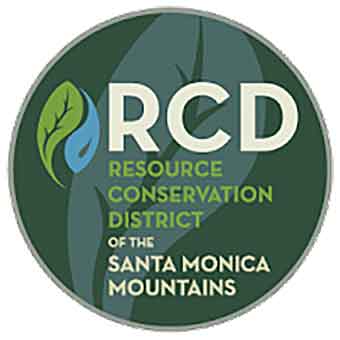 Transferring Tidewater Gobies Up PCH
Sometimes biologists spend their days reviewing lengthy scientific papers or spending long hours sitting behind a computer or a microscope. At other times biologists get to be in the field, methodically capturing hundreds of tiny, endangered fish to take them on an adventure up an iconic highway. This is exactly how some members of our biology team spent a bright September morning last year.
Thanks to partnerships with CA State Parks, US Fish and Wildlife Service and Dr. Brenton Spies at UCLA, we were able to successfully translocate 500 federally endangered tidewater gobies from Topanga Lagoon, where the population has remained the most stable in the Santa Monica Bay since establishment in 2001, to Malibu Lagoon, where numbers have dwindled, but conditions appear ecologically suitable. After years of studying population fluctuations, biologists from each of these organizations worked together to translocate these resilient fish from one lagoon to the next. This translocation involved ensuring water temperature, pH and dissolved oxygen levels were suitable, securely strapping down a cooler enclosure which housed our sensitive tiny travelers and ultimately transporting them to their new Malibu home.Â
Biologists are hopeful that selecting these genetically distinct and exceptionally resilient populations, originally transplanted from the Ventura River in 1991, will encourage the population in Malibu to recover.  | 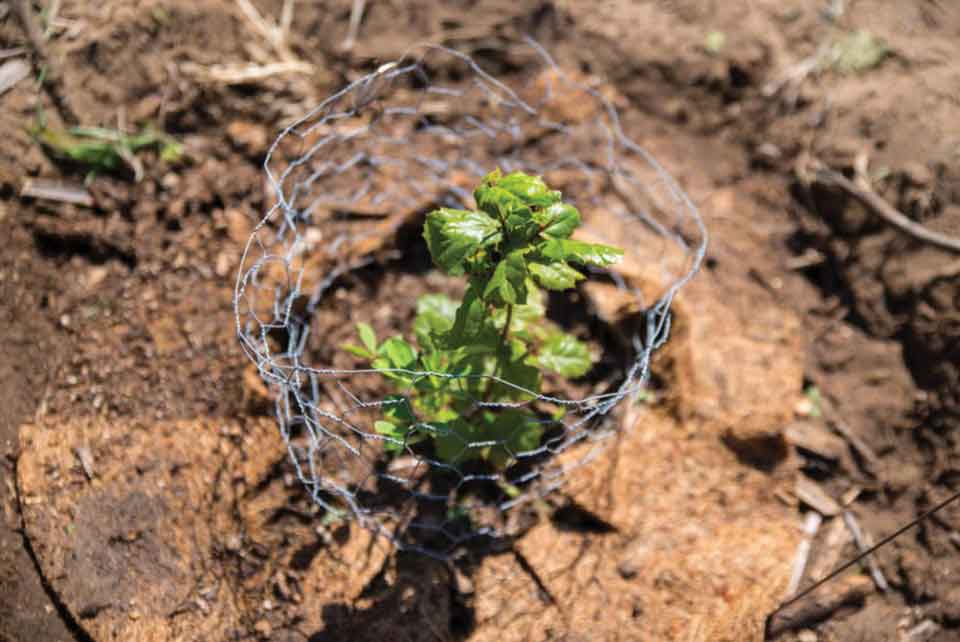 Photos courtesy of RCD Beginning in 2019, RCD partners planted 50 young coast live oak trees. Trippet Ranch Oak Care Events
Enter a New Era
One rainy morning in January of 2019, over 80 community members and RCD partners gathered at Trippet Ranch in Topanga State Park to plant 50 young coast live oak trees. In the four years since, the RCD has had the privilege of welcoming more than 910 dedicated community volunteers at over 67 events to plant, care for and learn about the 350+ newly planted trees.Â
While this project has brought immeasurable joy and helped preserve a mighty keystone species unique to our Southern CA ecosystem, the grant supporting this project came to an end at the close of 2022. Thanks to our partners at TreePeople and CA State Parks, volunteer opportunities will continue for now in the form of corporate events. Please reach out to volunteer coordinators at TreePeople and stay up to date on this and other volunteer opportunities by following us on socials! (volunteer@treepeople.org)
Each summer when temperatures rise, the RCD will continue to launch our innovative community-based effort to ensure oaks continue to receive care despite ever fluctuating grant funds through the Adopt A-Pal Program. We are incredibly grateful to our community for the ongoing support throughout this project that has maintained a 78% survival rate, and look forward to its continued success under new coordination. (rcdsmm.org)
Thanks to you, a portion of your local oak woodlands has remained resilient in the face of funding and climate instability. Restoring local ecosystems through grassroots projects continues to be one of the most effective ways you can have meaningful impact. We hope you continue to join efforts like these in the future!  | | | | | | | | | | | | | |
|
|
|
|
|




